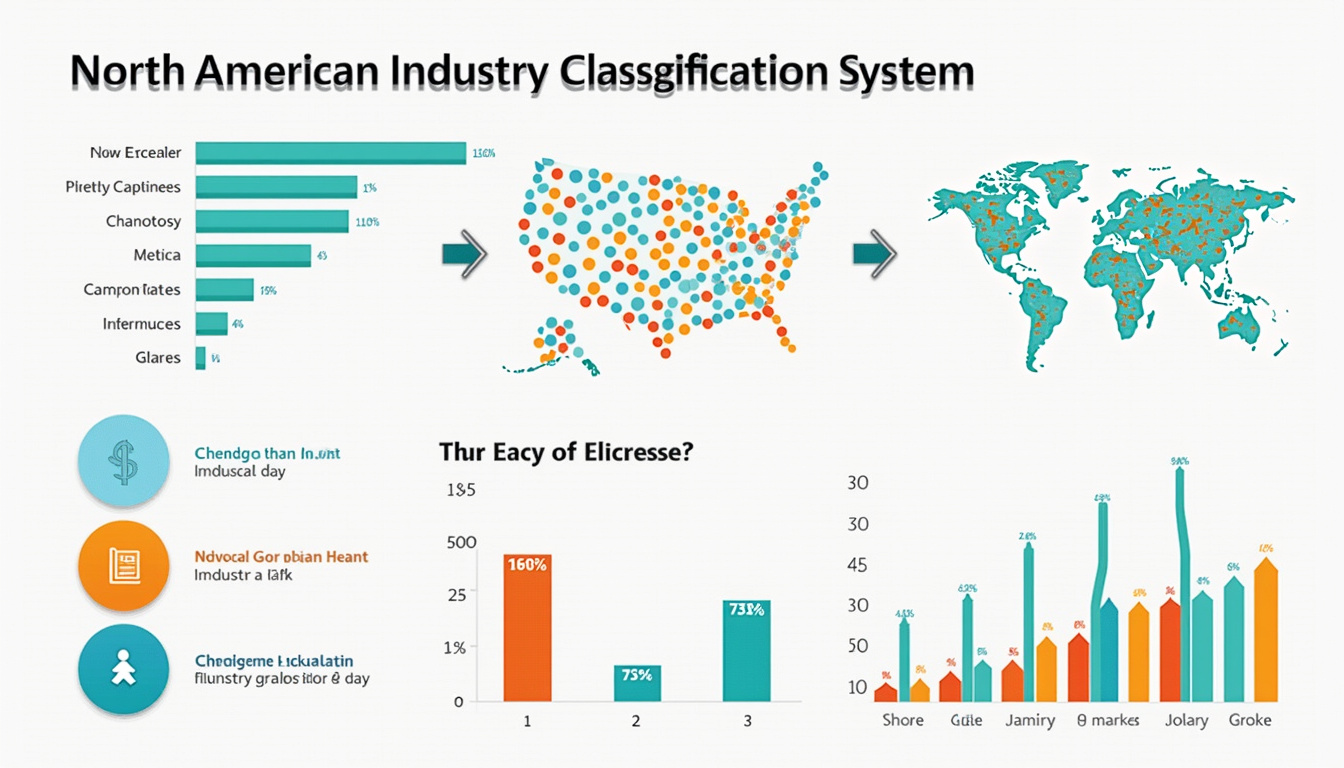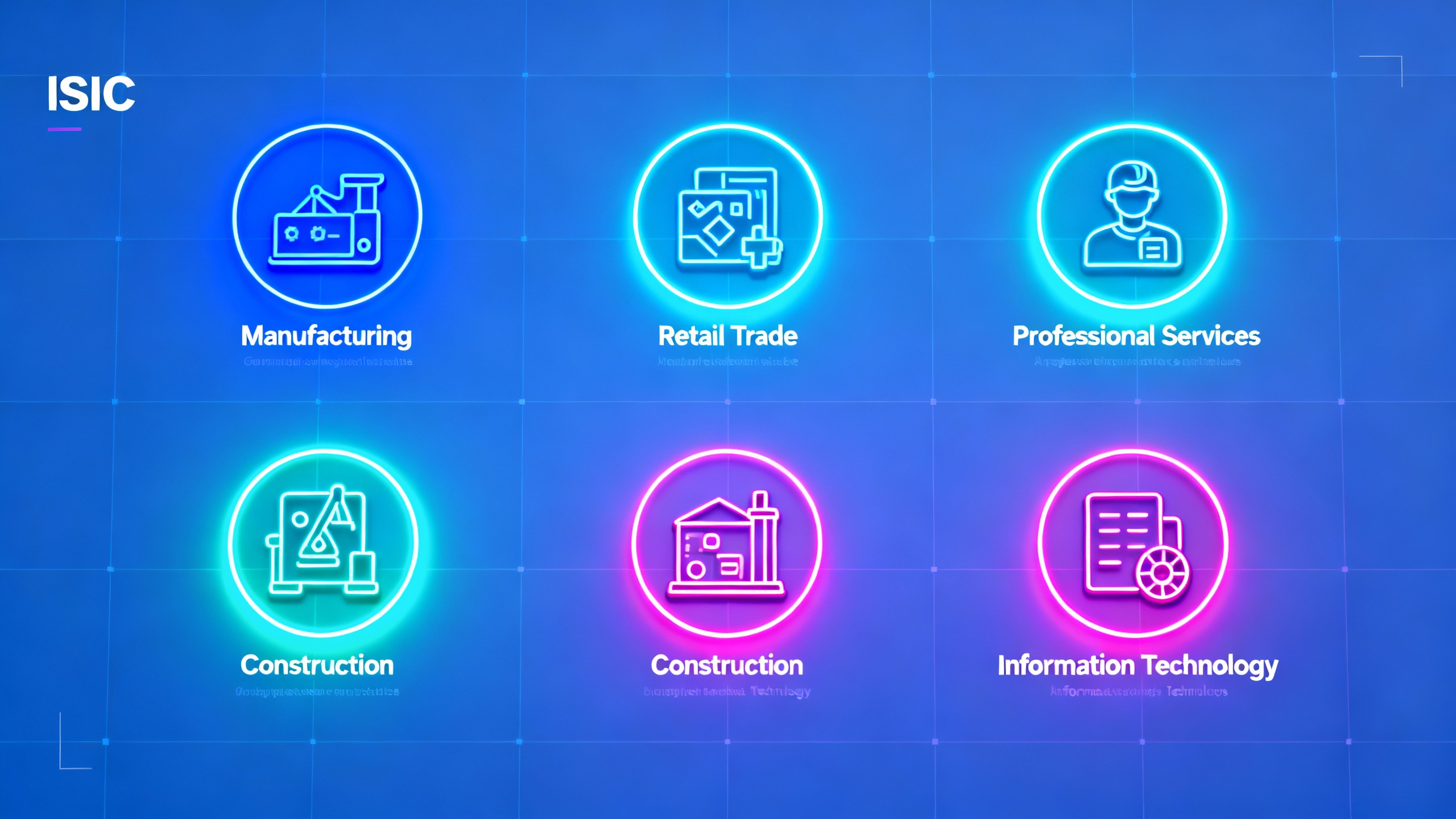In today’s global marketplace, accurate product classification is critical for procurement, inventory management, and regulatory compliance. One of the most widely used systems for this purpose is the United Nations Standard Products and Services Code (UNSPSC). Performing a thorough UNSPSC validation ensures your products and services are correctly categorized, which can improve data analytics, streamline purchasing, and avoid costly misclassifications.
This article delves into the essential steps for effective UNSPSC validation, explains why it matters, and highlights tools—including resources like Classifast.com—that can simplify the process. Whether you’re a procurement professional, supplier, or data manager, these tips will help you master accurate product classification.
What is UNSPSC Validation and Why it Matters
UNSPSC validation refers to the process of confirming that a product or service is assigned the correct UNSPSC code based on its description and attributes. The UNSPSC system is hierarchical, spanning segments, families, classes, and commodities. Each code is an eight-digit identifier representing a specific product or service category.
Proper UNSPSC validation matters because:
- Procurement Accuracy: Organizations rely on accurate codes to analyze spending and negotiate with suppliers.
- Regulatory Compliance: Customs and trade regulations often require standardized product classifications.
- Data Consistency: Accurate codes improve the quality of internal data reporting and business intelligence.
- Streamlined Operations: Ensures efficient invoicing, inventory management, and supplier management.
Mistakes in classification can lead to data errors, missed cost-saving opportunities, and compliance risks.
Essential Steps for Reliable UNSPSC Validation
To conduct thorough UNSPSC validation, follow these key steps:
1. Understand Your Product or Service Thoroughly
Begin by gathering detailed descriptions, use cases, and specifications for the item or service. Validation depends on knowing precisely what the product is and how it will be used.
2. Use Authoritative Tools and Resources
Manual code assignment can be error-prone given the extensive UNSPSC catalog. Use specialized tools that provide instant and accurate classification. For example, Classifast.com offers an intelligent classifier that translates any text description into accurate UNSPSC codes in seconds.
3. Map Descriptions to the UNSPSC Hierarchy
UNSPSC codes are structured as follows:
- Segment (first two digits)
- Family (next two digits)
- Class (next two digits)
- Commodity (last two digits)
Ensure your product’s description aligns with the correct level in this hierarchy to avoid overly generic or too specific codes.
4. Verify Codes Against Latest UNSPSC Standards
The UNSPSC system is periodically updated. Validating against the latest version prevents inaccuracies caused by deprecated or changed codes. Always source the latest catalogs from official UNSPSC repositories or trusted services.
5. Perform Quality Control Checks
Cross-check classifications with multiple data points and, if possible, peer reviews. Automated validation tools like those from Classifast can be combined with manual verification for best results.
6. Document Classification Rationale
Maintain records explaining the reasoning for each product’s UNSPSC code. This supports audit trails and improves future classification efforts.
Leveraging Technology for Efficient UNSPSC Validation
Using technology accelerates and enhances the accuracy of UNSPSC validation. Key approaches include:
- Automated Classification Engines: Platforms like Classifast.com analyze product descriptions and provide precise UNSPSC codes instantly, reducing human errors.
- Integration with ERP Systems: Embedding validation tools directly into enterprise resource planning (ERP) and procurement software automates code verification during product onboarding.
- Bulk Validation: For companies processing large product datasets, batch tools enable mass classification and validation to maintain consistent data quality.
Such technology solutions reduce manual workload and improve classification consistency.
Common Challenges in UNSPSC Validation and How to Overcome Them
Despite the usefulness of UNSPSC, companies encounter obstacles during validation:
- Ambiguous Product Descriptions: Vague or incomplete product details can result in incorrect code assignment. Improving internal data quality and standardizing product descriptions help minimize ambiguity.
- Frequent System Updates: Keeping abreast of the latest version of UNSPSC codes requires ongoing monitoring. Automating update processes via trusted resources ensures current code usage.
- Overlap Between Categories: Some products may fit multiple codes. Best practice is to pick the most accurate and specific code that reflects the product’s primary use.
With awareness and the right tools, these challenges are manageable.
Example: Validating an Office Chair Using UNSPSC
Suppose you want to validate the UNSPSC code for an ergonomic office chair. Here’s a simplified classification path:
- Segment: 44 – Furniture and furnishings
- Family: 12 – Chairs and chair parts
- Class: 01 – Chairs
- Commodity: 05 – Office chairs
Entering the description “ergonomic office chair with adjustable height” into a validation tool like Classifast.com would instantly retrieve the correct UNSPSC code: 44121505.
Helpful Checklist for UNSPSC Validation
- Gather detailed product/service description
- Consult latest UNSPSC code list
- Use instant classification tools (e.g., Classifast)
- Verify hierarchical alignment of code
- Conduct peer or automated quality checks
- Document validation decisions
- Update codes regularly to reflect standard changes
Where to Find Reliable UNSPSC Code Resources
- UNSPSC Official Website: Access catalogs and guidance on code structure and recent updates.
- Classifast.com: Provides quick and accurate classification for UNSPSC and other standards like NAICS, ISIC, ETIM, and HS codes. Its user-friendly interface enables fast UNSPSC validation from any text description.
- Industry Associations: Some sectors publish recommended UNSPSC mappings specific to their products.
For further detailed guidance on classification and certification, consulting authoritative sources such as the United Nations Global Marketplace is advisable (source).
FAQ Section
Q1: What is the importance of UNSPSC validation in procurement?
A: UNSPSC validation ensures that procured goods and services are accurately categorized, enabling better spend analysis, supplier management, and compliance with purchasing policies.
Q2: Can I use free online tools for UNSPSC validation?
A: Yes, some platforms like Classifast offer free or subscription-based services that provide fast and reliable UNSPSC classification based on product descriptions.
Q3: How often should UNSPSC codes be reviewed for accuracy?
A: UNSPSC codes should be reviewed periodically, ideally annually or whenever there is a product change, to ensure they align with the latest UNSPSC versions and organizational needs.
Conclusion
Effective UNSPSC validation remains a cornerstone of accurate product classification that supports procurement efficiency, compliance, and reliable data analytics. By understanding the classification system, leveraging cutting-edge tools like Classifast.com, and following systematic validation steps, organizations can greatly reduce errors and improve operational outcomes.
Don’t let misclassification slow your processes or undermine your data integrity. Start implementing robust UNSPSC validation today—explore trusted automated solutions and maintain up-to-date classification standards. Visit Classifast.com to access instant UNSPSC classification and elevate your product management strategy now!













